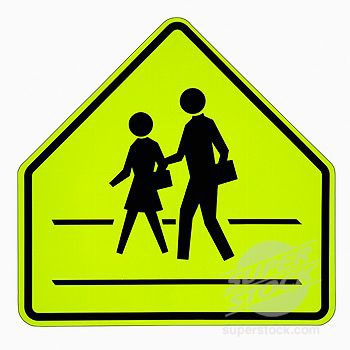
Records compiled by the Virginia Department of Motor Vehicles show that 124 pedestrians died after being struck by a car, truck or other motor vehicle during 2019. Nearly half (61) of those deadly collision happened while the pedestrian was crossing the road, and one-quarter (34) occurred while the pedestrian was crossing at an intersection.
The DMV also recorded 1,575 pedestrian injuries during 2019. To be sure, some of the pedestrians who got killed or suffered injuries put themselves in danger. A large number of the life-altering and life-ending crashes, however, were caused by negligent and reckless drivers.
LEARN MORE
- Know Your Rights as a Pedestrian and Bike Rider in Virginia
- Why Drivers Don’t See and Yield for Pedestrians
- Pedestrians Hit and Injured by Bike Riders Can File Insurance Claims
Scenarios described in the DMV’s 2019 Virginia Crash Facts include
- Crossing at intersection with signal,
- Not in roadway,
- Walking in roadway against traffic—no sidewalk available, and
- Working in roadway.
Under state laws, a pedestrian would have the right of way in each of those circumstances. Among other things, that means the driver who hit, hurt and killed the pedestrians could be found liable for paying monetary damages to the victims.
Legal Protections for Pedestrians
The clearest statements on when drivers must yield to and stop for pedestrians appear in section 48.2-924 of the Virginia Code. Briefly, people behind the wheels of vehicles, as well as bicycle riders, must grant right of way to pedestrians who are
- In crosswalks when the pedestrians are crossing with the signal, remaining stopped until all pedestrians safely exit the roadway;
- In crosswalks across roads with posted speed limits of 35 mph or lower, even if the crosswalk is not at an intersection;
- Crossing at clearly recognizable intersections on roads with speed limits of 35 mph or lower;
- Boarding and getting off buses; and
- At the entrances to parking lots, alleys and driveways.
Other state statutes require drivers to yield to workers in highway work zones, to slow down and move over when approaching first responders at accidents or traffic stops, and to share the roadway with people when no shoulder or sidewalk is available. Still other laws require drivers to stay out of bike lanes, off sidewalks and out of footpaths.
As personal injury and wrongful death attorneys who have practiced in Virginia for more than 35 years, my colleagues and I have heard many excuses from drivers involved in pedestrian crashes. One that never stands up to serious scrutiny is “I did not see the person I hit.”
The truth that evidence and testimony nearly always make plain is that the driver did not look out for pedestrians. Perhaps the person behind the wheel was speeding. Maybe they allowed themselves to become distracted by a cell phone or GPS device. Too many of the at-fault drivers have been under the influence of alcohol.
Drivers should always watch for and be prepared to safely share the road with pedestrians. This is not even a legal point about right of way. Rather, the harm a car or truck can inflict on a person is simply too great to risk.
EJL